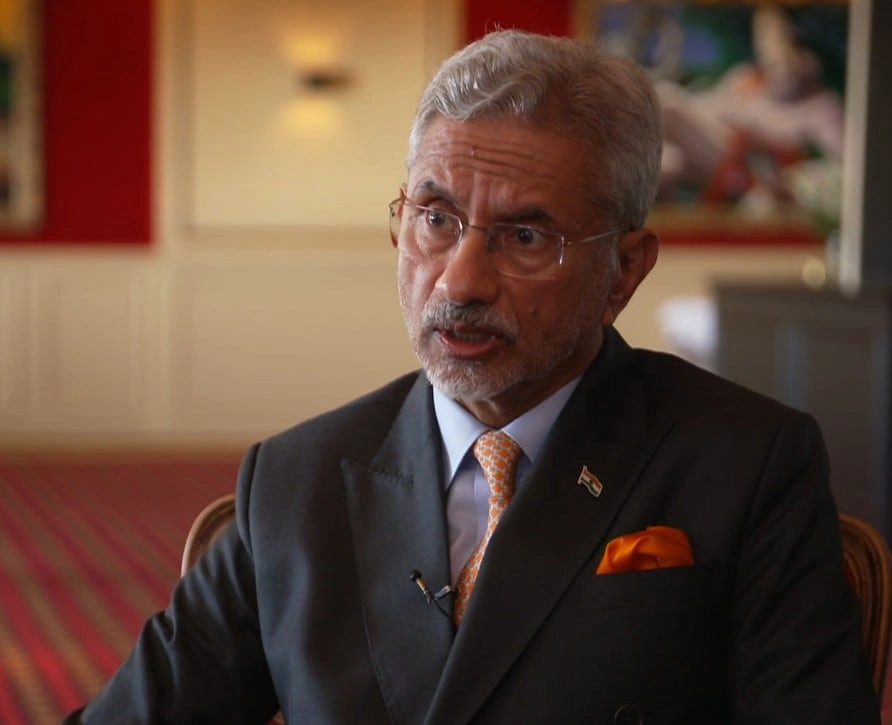In the heart of Chile’s Atacama Desert, recognized as the driest desert on the planet, a remarkable agricultural innovation is taking root. This arid landscape, characterized by its extreme conditions and minimal rainfall, presents significant challenges for traditional farming methods. However, local farmers are turning to an unconventional yet effective solution: harvesting moisture from the abundant fog that blankets the region. This fog nets technology captures tiny droplets from the air, allowing farmers to grow crops like lettuce, which would otherwise be impossible to cultivate in such a desolate environment.
The Atacama Desert’s unique climatic conditions make it an ideal location for fog harvesting. The region experiences frequent coastal fog, particularly during certain months of the year. Farmers have ingeniously designed mesh nets that are strategically placed to maximize the collection of this fog. As the moisture condenses on the nets, it drips into collection troughs, providing a vital water source for irrigation. This innovative approach not only sustains agricultural practices in one of the most inhospitable places on Earth but also highlights the potential for sustainable farming techniques in arid regions worldwide.
The success of lettuce cultivation in the Atacama is not merely a testament to human ingenuity; it also underscores the importance of adapting agricultural practices to local environmental conditions. The ability to grow fresh produce in a desert setting offers significant benefits, including improved food security and economic opportunities for local communities. Furthermore, this method of farming minimizes reliance on conventional water sources, which are often scarce in arid regions. By harnessing the natural moisture available in the atmosphere, farmers are paving the way for a more sustainable future in agriculture.
As climate change continues to impact global weather patterns, the lessons learned from Chile’s fog-harvesting techniques could serve as a blueprint for other arid regions facing similar challenges. This innovative practice encourages a shift towards more resilient farming methods that prioritize the efficient use of natural resources. The success of growing lettuce in the Atacama Desert not only enriches the local diet but also inspires a new wave of agricultural innovation, proving that even the harshest environments can be transformed through creativity and resourcefulness.




